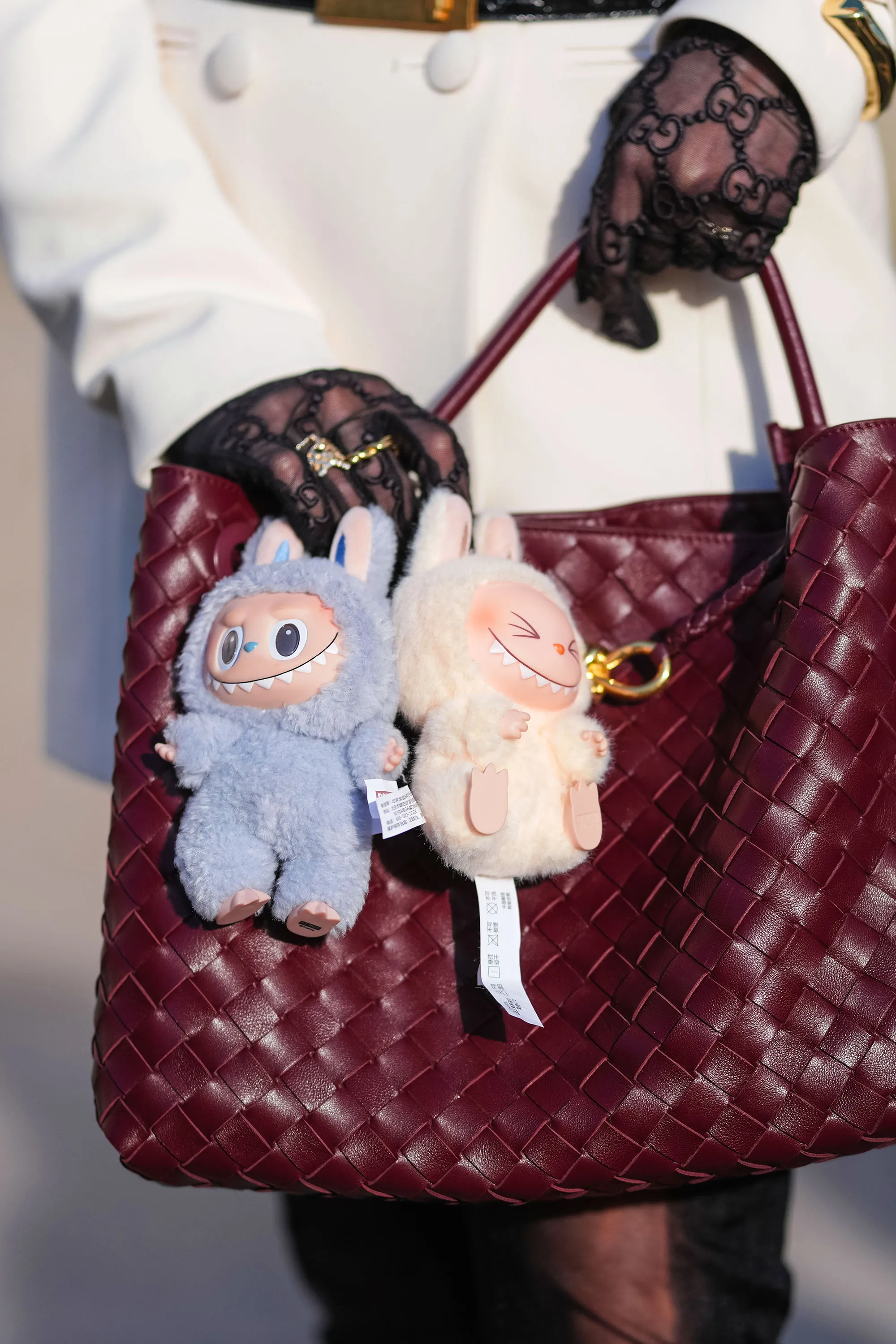Labubu Craze Continues to Redefine the Toy Market in 2025
Jun 3, 2025
The toy world is undergoing a transformation in 2025, and at the heart of it is a small, elf-like character named Labubu. Originally designed by Hong Kong illustrator Kasing Lung and distributed by Chinese toy giant Pop Mart, Labubu has become a global collectible phenomenon, blurring the line between toys and lifestyle accessories.

What started as a niche art toy series has evolved into an international craze, driven by the rise of mystery box (blind box) culture and social media virality. Labubu figurines, packaged in sealed boxes that conceal which character is inside, are now seen as fashion-forward desk companions, gifts, or investment pieces — particularly among adult collectors.
From Toy to Trend
Unlike traditional toys, Labubu is marketed more like designer merchandise. Its whimsical aesthetic — a blend of dark fairytale and cuteness — appeals not just to children but to millennials and Gen Z consumers seeking personalization, nostalgia, and aesthetic value.
Each Labubu release typically comes in a themed series, with around 12 to 15 figures per set, including one or two “secret” ultra-rare variants. The scarcity and surprise element have helped turn Labubu into a must-have item, frequently selling out on launch day in both physical stores and online platforms.
Prices for rarer figures have surged in the secondary market. Some limited-edition Labubus now resell for hundreds or even thousands of dollars on platforms like StockX and Xianyu, China’s largest resale marketplace.
Fashion Meets Collectibles
The toy’s influence has even spilled into the fashion and lifestyle sectors. In some regions, especially in East and Southeast Asia, Labubu dolls have become accessories — clipped to handbags, displayed in luxury home setups, or featured in fashion shoots. The crossover appeal has prompted collaborations between Pop Mart and clothing or design brands, elevating the toy’s cultural presence.
Retailers have also taken notice. In Australia, one sneaker store reported over $500,000 in revenue generated from Labubu figures alone within weeks, as demand outpaced traditional streetwear products. The owner cited Labubu as a “business-saving trend” that drew foot traffic and created community buzz.
Powered by Community and Social Media
Labubu’s success is closely tied to social media platforms like TikTok, Xiaohongshu, and Instagram, where unboxing videos, collection showcases, and resale flips have created a global fan culture. Online groups dedicated to Pop Mart trading have surged, allowing collectors to swap duplicates, share rare finds, and discuss upcoming series.
Influencers and celebrities — including K-pop idols and YouTube personalities — have also amplified interest, often flaunting rare Labubu pieces as part of their personal aesthetic.
According to industry analysts, the adult toy and collectibles market is projected to exceed $200 billion by 2034, driven in part by IPs like Labubu. With Pop Mart expanding internationally and launching flagship stores in Europe and North America, the character’s influence shows no sign of slowing.
The Labubu phenomenon reflects a larger cultural shift: one where collectibles are no longer just for kids, but are now seen as emotional investments, identity statements, and lifestyle symbols.